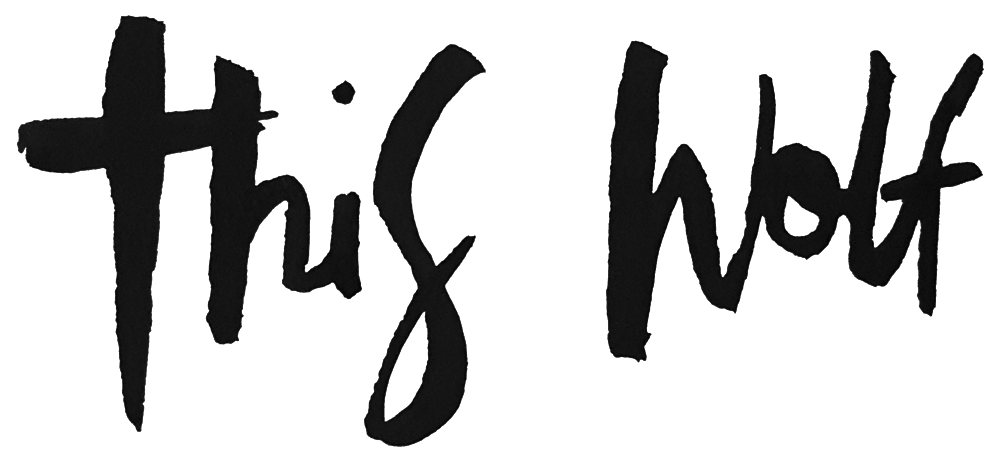Poof
Or maybe it was more of a 'Clink'.
The internet was born. Then came the web. Then came the user-groups, the forums and message boards. The wild west days of online. Slowly through the early chat groups people formed bonds, created communities and celebrated that they had a place to be themselves.
You could be anyone online. For a lot of people that meant for the first time a chance to be yourself. Who you really are. The nerdy collector of train sets, free to spend nights sharing news on rare carriages.
It was sort of social, it was definitely sharing. It wasn't personal. It was through filters of usernames and avatars. Random address for emails. An army of 'TrainFan1955' brushing up next to thousands of 'SparkleFairy666's. A filter that stood in the way of you and everyone else.
Then businesses began to forge out of the thousands of networks and linked up machines. E-Commerce. Companies wanted to get to know this new market. They wanted to get closer to help sell more.
Platforms began to rise that allowed people to be more formally grouped. The business of the internet got serious. Places that allowed people to connect not as avatars but form real bonds with people who they knew online and offline.
These new places where we could blog, share our passions, connect with old university friends and share our CVs gave us the chance to bring together our real experiences with our digital ones.
This was the first wave of social media.
We shared our moments, our lunches, our marriages, our holidays. We liked our favourite albums, books and movements. We became so very open about our feelings.
The platforms made it easier for businesses to talk to us, contact us and market to us.
And everyone was happy.
Until they weren't.
This is how Context Collapse began.
There is a growing wave of new users of social platforms who are sharing less personal moments, creating fake personas, curating reality.
People might use their real names but they're not sharing their real lives. There is a filter now, only it is the user filtering themselves. All while presenting a new self. A new 'real' the one they want to show the world.
How can you get closer to an audience if our audiences digital self isn't their true self? What good is big data when it can only show the front that people want to show? Sure some will say more data, more algorithms and more tracking is needed.
The more digital is allowed to snoop, the more the audiences will find a way of avoiding you all together. You only need to look at digital display to see this in action. As banners got better at tracking, following and serving up more - the more invasive it became and the more our audiences rejected them. Ad blockers became a thing. Even mobile networks are helping their users block adverts.
So how can we tap into a less personal social audience?
As Facebook, Snapchat and Instagram become more curated versions of reality we need to stop thinking of our audience as a waiting mass. I've often heard the phrase "fish where the first are" when explaining the use and rise of social platforms over digital experiences. That's forgetting one key part of fishing. The lure.
We need to stop jumping into places and expecting our audience to just welcome us. We can build experiences and campaigns across the digital and physical landscape that have room for our audiences to come to us.
The old school viral moment happened not because of thrusting a message into enough people's faces but delighting a few through working with blogs and platforms to seed out content. Just enough to help it spread. Then the audience took over and made it go viral or not. They decided to share it in messages, emails and their own spaces on their terms. Not ours. They held the power over our messages.
That's how we use social and digital - to give our audiences a say. After all that's what social should be about. Two way conversation and a that requires us listening and not just paying for attention.
Create a space to work with our audiences and listen to them. The platforms are tools to get closer but we shouldn't let that define the relationships that we build with audiences.
Being social means being part of our audiences lives, not just platforms.
